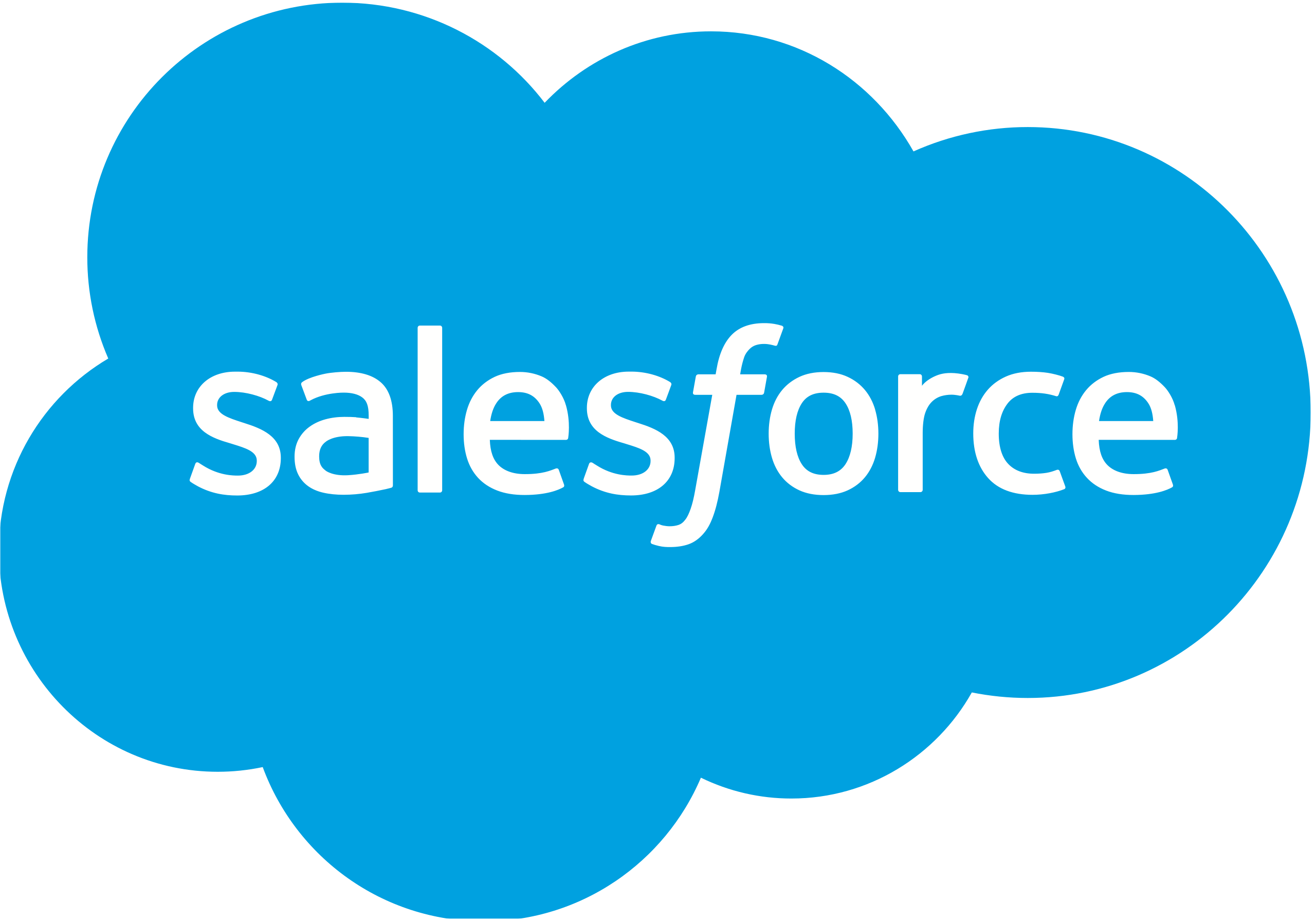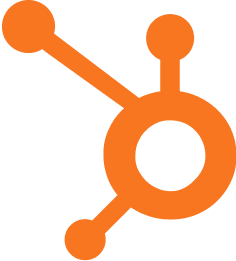Enterprise Resource Planning (ERP) Integration Guide
integration-2.png)
Published on: October 01, 2024
Enterprise Resource Planning (ERP) Integration is the process of connecting an organization's ERP system with other business applications to streamline data flow, improve efficiency, and enhance decision-making capabilities. This integration is crucial for Sales, Marketing, and Revenue Operations teams to gain a holistic view of the business and optimize their processes.
Why ERP Integration Matters 🔗
ERP integration plays a vital role in modern business operations:
- Data Consistency: Ensures all departments work with the same, up-to-date information
- Process Automation: Reduces manual data entry and minimizes errors
- Real-time Insights: Provides accurate, timely data for informed decision-making
- Improved Collaboration: Facilitates better communication between departments
- Enhanced Customer Experience: Enables a 360-degree view of customer interactions
Key Components of ERP Integration 🧩
Successful ERP integration involves several crucial elements:
1. Data Mapping
Aligning data fields between the ERP system and other applications to ensure accurate information transfer.
2. API Connections
Utilizing Application Programming Interfaces (APIs) to facilitate seamless communication between systems. For more on this, check out our CRM strategy.
3. Middleware
Employing software that acts as a bridge between the ERP and other applications, translating data formats as needed.
4. Workflow Automation
Creating automated processes that trigger actions across integrated systems based on predefined rules.
Benefits for Sales, Marketing, and Revenue Operations 📈
| Department | Benefits |
|---|---|
| Sales | - Real-time inventory data - Accurate pricing information - Streamlined order processing |
| Marketing | - Personalized customer insights - Improved campaign tracking - Better ROI measurement |
| Revenue Operations | - Enhanced forecasting accuracy - Improved cash flow management - Streamlined billing processes |
Common Challenges in ERP Integration 🚧
While ERP integration offers numerous benefits, organizations may face challenges such as:
- Data quality and consistency issues
- Complex legacy systems
- Resistance to change from employees
- Integration costs and resource allocation
- Security and compliance concerns
Best Practices for Successful ERP Integration 🌟
- Define Clear Objectives: Establish specific goals for the integration project
- Involve Stakeholders: Engage all relevant departments in the planning process
- Choose the Right Integration Method: Select between point-to-point, middleware, or iPaaS solutions based on your needs
- Prioritize Data Quality: Cleanse and standardize data before integration
- Implement Robust Security Measures: Ensure data protection throughout the integration process
- Provide Adequate Training: Educate employees on the new integrated systems
- Monitor and Optimize: Continuously assess and improve the integration performance
The Future of ERP Integration 🔮
As technology evolves, ERP integration is expected to become more sophisticated, incorporating:
- Artificial Intelligence (AI) for predictive analytics
- Internet of Things (IoT) for real-time data collection
- Blockchain for enhanced security and transparency
- Low-code/no-code platforms for easier integration management
By embracing these advancements, organizations can further optimize their operations and gain a competitive edge in the market.
As you consider implementing or improving ERP integration in your organization, ask yourself:
- Which business processes would benefit most from ERP integration?
- What data silos currently exist in our Sales and Marketing operations?
- How can we leverage ERP integration to enhance our customer experience?
- What key performance indicators (KPIs) should we track to measure the success of our ERP integration efforts?
















